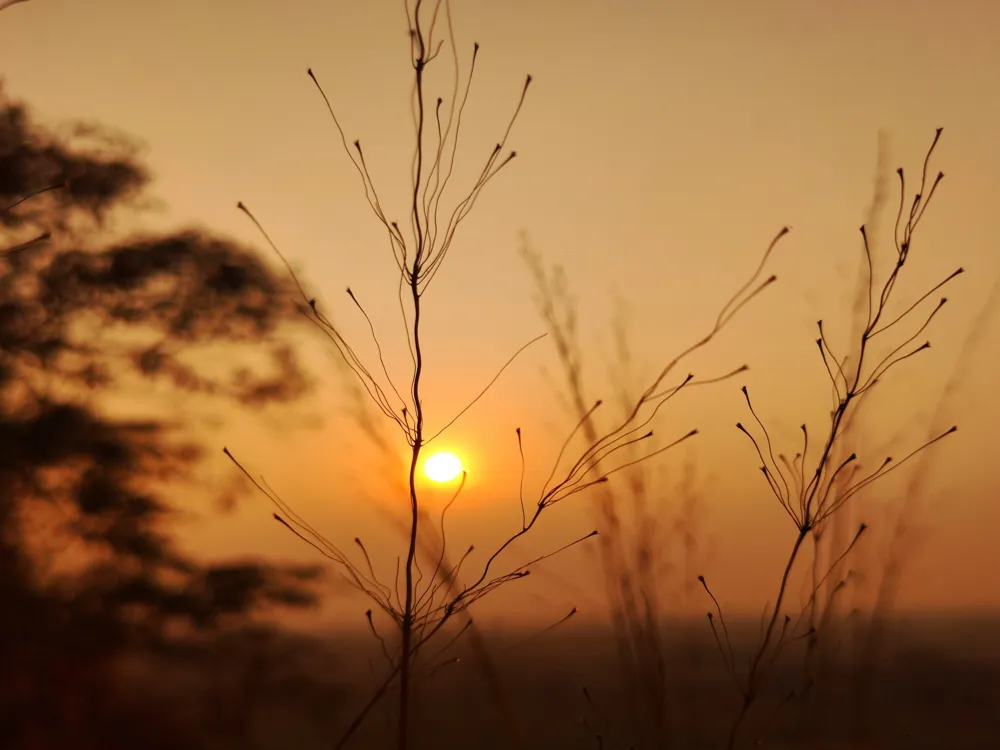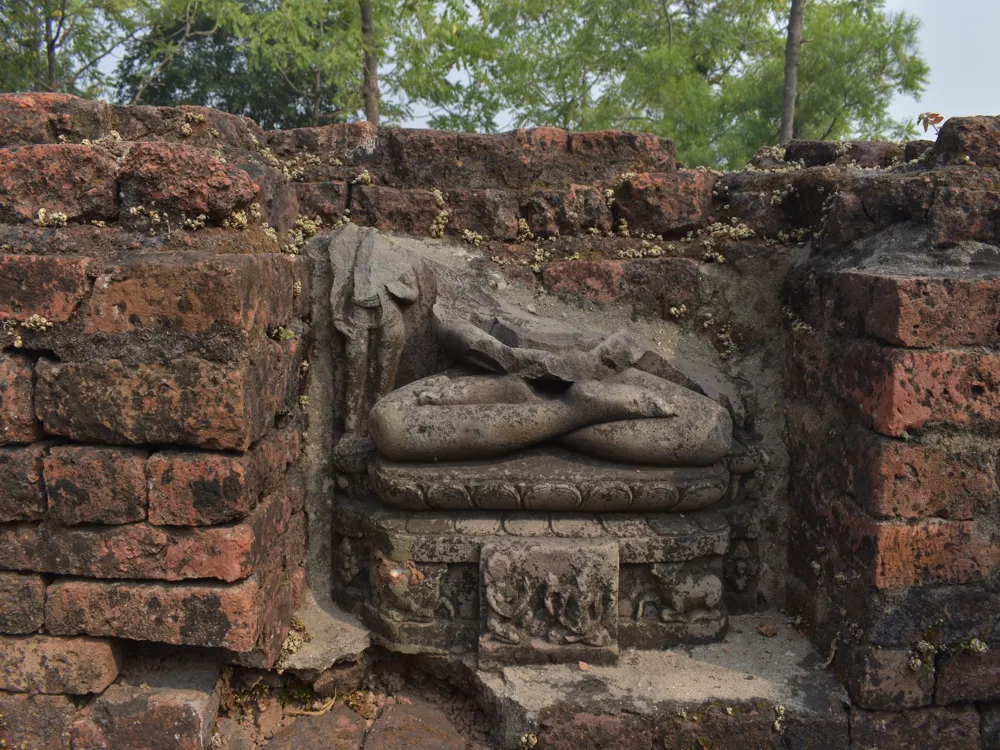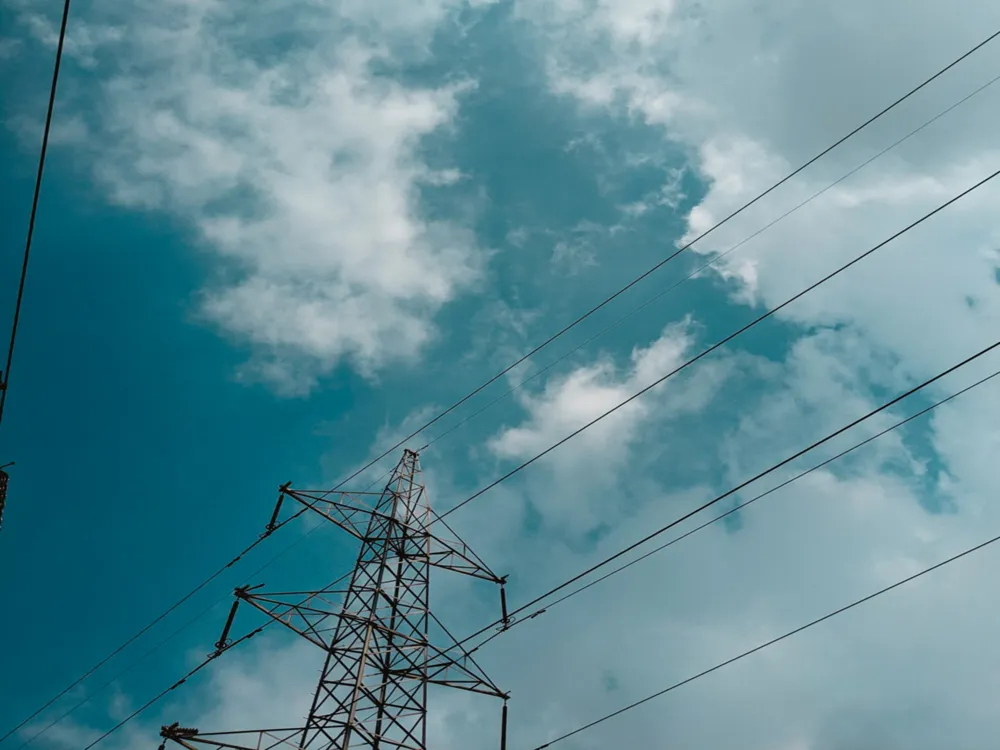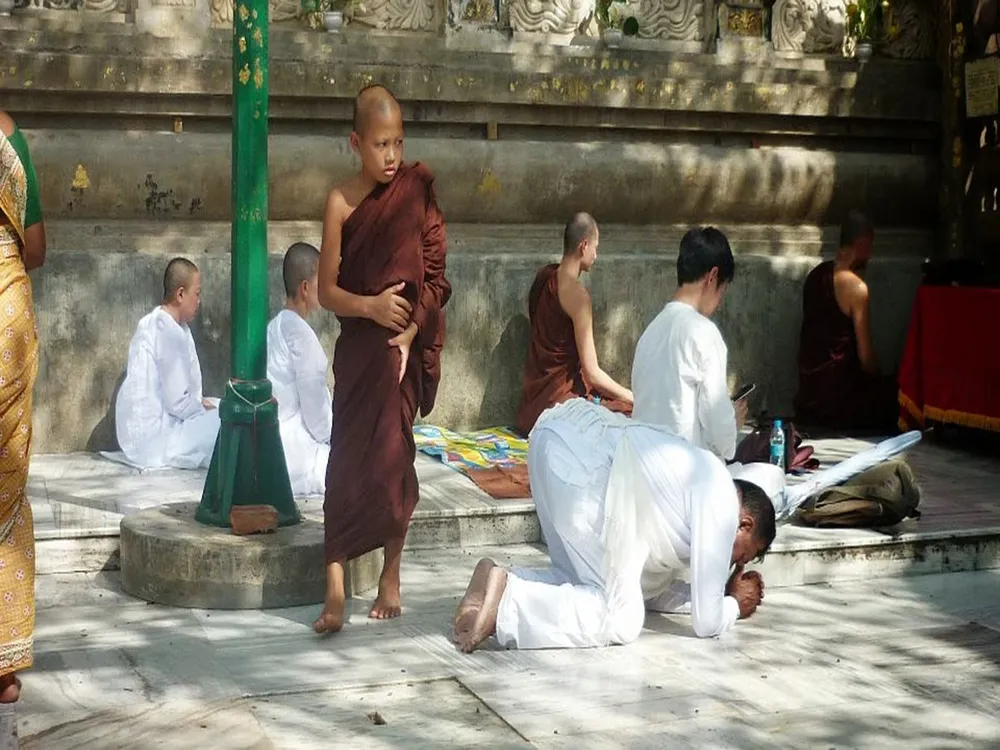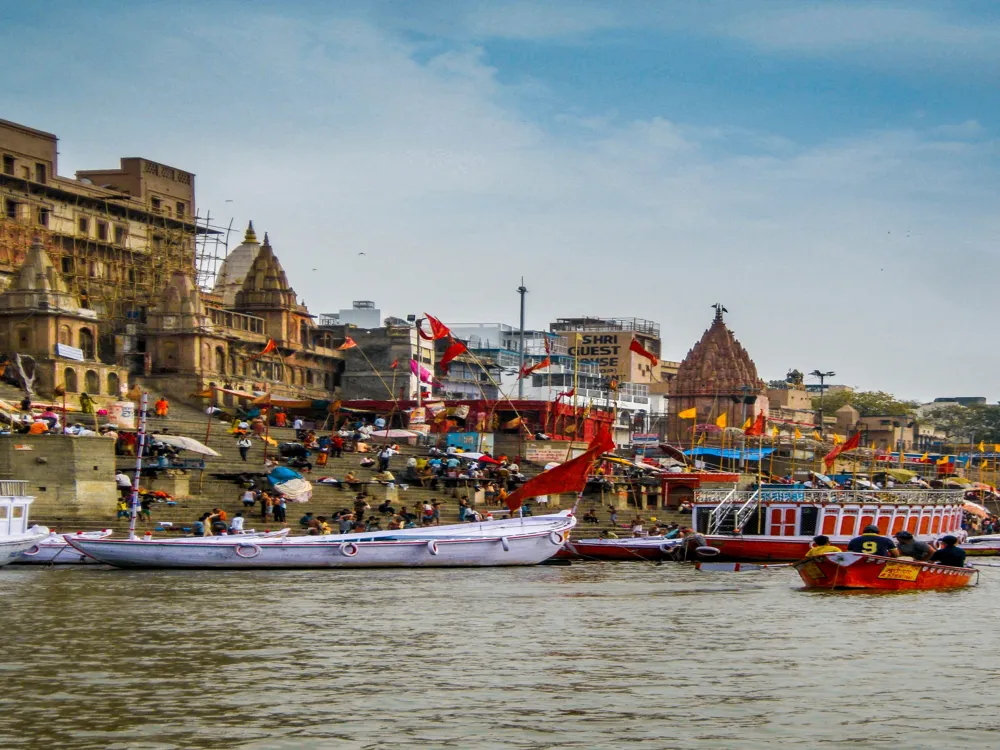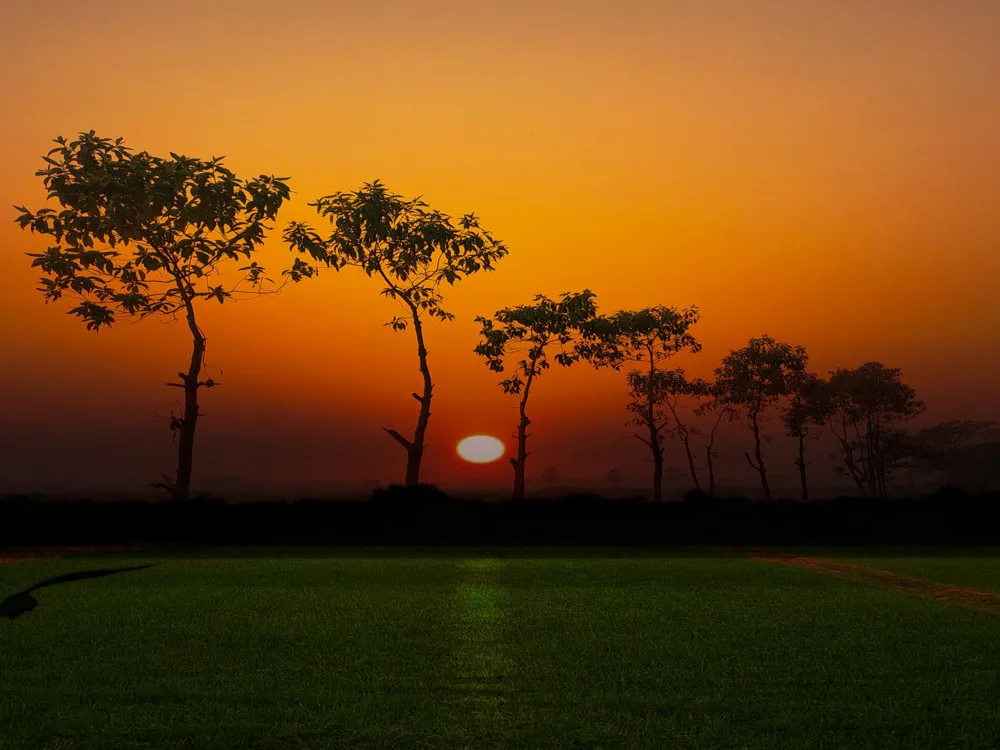Hardinge Park, nestled in the heart of Patna, Bihar, stands as a testament to the city's rich cultural heritage and colonial history. Named after Lord Hardinge, the then Viceroy of India, this park spans a considerable area and serves as a serene getaway amidst the bustling city life. Its lush greenery and tranquil environment offer a refreshing retreat for both locals and tourists alike. The park's history dates back to the early 20th century, reflecting the architectural and cultural influences of the British Raj. Over the years, it has evolved from a mere colonial symbol to a beloved public space, fostering community interactions and recreational activities. The park not only showcases the historical legacy of Patna but also represents the evolution of the city's social and cultural dynamics. From morning walkers to evening strollers, the park witnesses a diverse range of visitors, each finding their slice of peace within its bounds. Hardinge Park's significance extends beyond its recreational use. It serves as a green lung for the city, contributing to the environmental well-being of Patna. The park's flora and fauna are a source of ecological diversity, offering a habitat for various bird species and a bloom of seasonal flowers. It's a living example of how urban spaces can harmoniously coexist with nature, promoting biodiversity and sustainable practices. As a cultural hub, Hardinge Park often hosts various events and festivals, reflecting the rich traditions of Bihar. These events range from cultural performances, and art exhibitions, to environmental awareness campaigns, making the park a focal point of community engagement. For history enthusiasts, nature lovers, or those seeking a quiet corner in the city, Hardinge Park is a destination that offers a unique blend of history, nature, and culture. The architectural essence of Hardinge Park in Patna is a remarkable blend of colonial elegance and traditional Indian design elements. The park's layout and structures exhibit the distinct architectural styles prevalent during the British era in India, combined with indigenous techniques and materials. This unique fusion not only enhances the aesthetic appeal of the park but also reflects the historical and cultural amalgamation that Patna experienced during the colonial period. At the heart of the park stands a majestic statue of Lord Hardinge, around which the park is symmetrically designed. The statue, mounted on a high pedestal, is a classic example of British sculptural art, symbolizing the colonial influence on Indian architecture. Surrounding the statue are well-manicured lawns, lined with pathways that follow a geometric pattern, typical of British landscape design. These pathways are flanked by a variety of indigenous trees and exotic plants, creating a harmonious blend of natural and built elements. The park's entrance gate is a noteworthy feature, showcasing intricate craftsmanship and design. The gate, with its imposing structure, sets the tone for the architectural grandeur that lies within. The use of local stones and materials in the construction of the gate and other structures within the park is a nod to the traditional building practices of Bihar, creating a sense of belonging and local identity. Moreover, the park houses several pavilions and bandstands, reminiscent of Victorian-era garden architecture. These structures, with their ornate details and delicate ironwork, provide spaces for rest and contemplation, while also serving as venues for cultural events. The fusion of Victorian and Indian architectural elements in these structures is a visual representation of Patna's history as a melting pot of cultures and influences. In summary, the architecture of Hardinge Park is not just a display of aesthetic beauty but a narrative of Patna's historical journey. The park's design and structures stand as a testament to the city's colonial past and its transition into a modern urban space, making it a significant architectural landmark in Patna. Hardinge Park is most vibrant during the early mornings and late afternoons, offering a pleasant climate and a tranquil atmosphere. Visiting during the spring season, especially from February to April, is ideal as the park is in full bloom, showcasing a variety of flowers and lush greenery. Visitors are advised to carry essentials like water, a hat or umbrella for sun protection, and comfortable walking shoes. For those interested in bird watching or nature photography, bringing binoculars and cameras can enhance the experience. Hardinge Park offers a range of activities including jogging, yoga, and leisure walks. The park also has designated areas for picnics and relaxation. Cultural events and exhibitions are often held in the park, providing visitors with a glimpse into the local arts and culture. Visitors are encouraged to maintain the cleanliness of the park and respect the natural environment. Using dustbins for waste disposal and avoiding the plucking of flowers or disturbing wildlife are essential practices to follow. Hardinge Park is easily accessible from various parts of Patna. Visitors can opt for public transportation like buses or auto-rickshaws, which are readily available throughout the city. For those preferring private transportation, cab services are a convenient option. The park is located close to major landmarks and is well-connected through the city's main roads, making it a hassle-free journey for visitors. Read More:Overview of Hardinge Park, Patna
Architecture of Hardinge Park
Tips When Visiting Hardinge Park
Best Time to Visit
What to Bring
Activities in the Park
Respect the Environment
How To Reach Hardinge Park
Hardinge Park
Patna
Bihar
NaN onwards
View patna Packages
Weather :
Tags : Garden & Park
Time Required : 1 - 2 hrs
Planning a Trip? Ask Your Question
Patna Travel Packages
View All Packages For Patna
Top Hotel Collections for Patna

Private Pool

Luxury Hotels

5-Star Hotels

Pet Friendly
Top Hotels Near Patna
Other Top Ranking Places In Patna
View All Places To Visit In patna
View patna Packages
Weather :
Tags : Garden & Park
Time Required : 1 - 2 hrs
Planning a Trip? Ask Your Question
Patna Travel Packages
View All Packages For Patna
Top Hotel Collections for Patna

Private Pool

Luxury Hotels

5-Star Hotels

Pet Friendly







